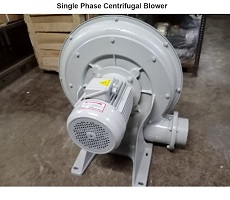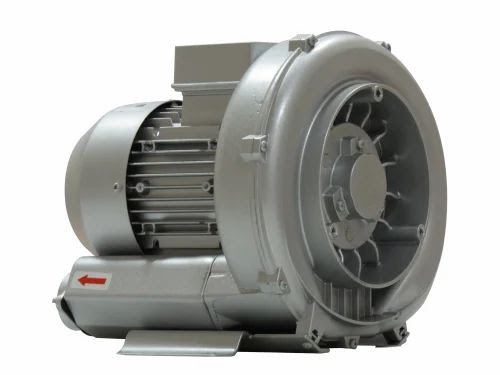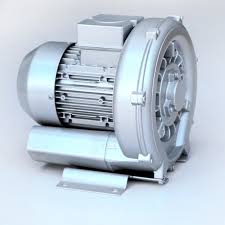What is a rotary blower?
Two identical, normally symmetrical, counter-rotating rotors operate in one housing and are synchronized with a series of gears.
What is a rotary blower?
Features of our Positive Displacement Blowers
Our Positive Displacement Blowers are designed for long running times in continuous operation with high reliability.
The pressure increase for air and neutral gases is up to 1000 mbar or 800 mbar [200 mbar abs] negative pressure, for volume flows from 19 to 9180 m³/h. Compression is oil-free and low-pulsation.
The 3-winged rotors with their shafts are forged from one piece in a die. They also help to reduce the pulsation frequency and the sound level.
Large ribs on the housing ensure good heat dissipation. The materials used for the GP 30 & GP 35/38 Positive Displacement Blowers are remarkable: Housing, side plates and cover are made of GG20 cast iron. The rotors of the blower types up to GP 35/38 are made of CK45 with a tensile strength of 700 N/mm2. The helical synchronisation wheels made of high-strength case-hardened steel 18CrMo4 are hardened and ground.
The housings have a pressure shock resistance of 13 bar.
The blowers are dynamically balanced and tested and documented at the individual assembly stations.
The selection of bearings is particularly important for longevity and reliability.
High-quality brand bearings are used depending on the fan size, load and speed. Basis for the determination of the bearings is the design for 60000 operating hours running time, at normal load according to ISO 281.
.
Fans are driven by electric motor and V-belt drive with automatic belt tension.
The blowers are mounted on elastic elements, a foundation is not required.
The on-site commissioning of the blower unit comprises installation, pipe connection, oil filling and electrical connection.
Acoustic enclosures for indoor and outdoor installation are available as accessories.
The sound enclosures are segmented, lined with insulating material on the inside and powder-coated in RAL 7044/7039 on the outside.
Each acoustic enclosure is equipped with an electric fan; the instruments can be read from the outside.
blower & vacuum
Positive Displacement Blowers
Screw Compressors
Rotary Lobe Compressors
Turbo blowers
Where is a blower motor located?
Can a car run without a blower motor?
How do you know if your blower motor is bad?
How do you Unflood a leaf blower?
How do you fix a leaf blower that won’t start?
How do you start a leaf blower?
What is the difference between a blower and a fan?
What does blower motor do?
Can you use a leaf blower on wet leaves?
Are leaf blowers worth it?
Should I get a leaf blower or vacuum?
How does a Roots blower work?
What is the difference between a Roots blower and a screw blower?
What is a lobe blower?
What is the difference between fan blower and compressor?
What is a rotary blower?
How does a rotary lobe blower work?
What’s the difference between a fan and a blower?
What is a rotary screw air compressor?










